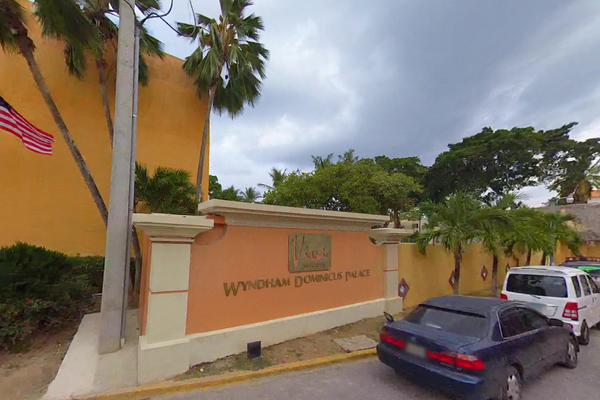
Dutch scientist and Nobel Prize winner Willem Einthoven is being honoured with a Google Doodle today on what would’ve been his 159th birthday.
The trailblazing physiologist was best known for designing the galvanometer, which detected and recorded visual traces of the heart’s electrical activity.
During the 20th century, this instrument became known as the electrocardiogram, or ECG.
Here’s everything you need to know about Willem Einthoven:
Who was Willem Einthoven?
After graduating in medicine from the University of Utrecht in the Netherlands, Einthoven began working as a Professor of Physiology at the University of Leiden, a position he upheld until his death.
Inspired by British physiologist August Waller, who had created his own means of recording the heart’s electrical activity, Einthoven developed his own instrument in 1903, known as the galvanometer.
His earliest model of the device required the patient to put their arms and feet into buckets of salt water and using these buckets as electrodes, he was able to monitor the rhythm of the heart as it pumps blood around the body.
This technique also allowed him to recognise differences in the records of tracings obtained from different kinds of heart disease.
Why is he being celebrated with a Google Doodle?

Einthoven’s invention proved a crucial instrument in the diagnosis of heart disease and, over 100 years later, is still one of the most expansively used diagnostic tools in medicine.
His work was widely recognised and in 1924, he won the Nobel Prize in Medicine for his machine and heart research.
The animated Google Doodle depicts Einthoven using his signature device, with the ‘L’ in the doodle reimagined as a trace by which his heart’s electrical activity is recorded.







